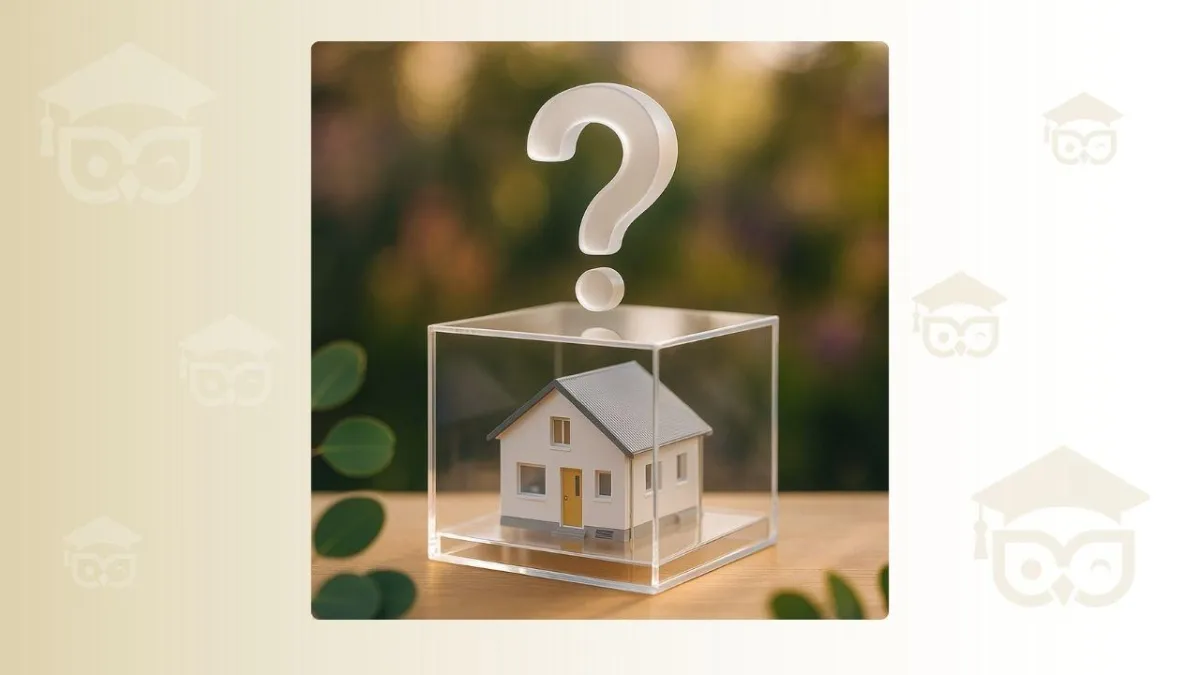
PHW 008 - Airtightness vs Ventilation
Your Quick Win Summary
Seal it tight. Ventilate right. Clean, filtered air protects health, locks in comfort, and cuts energy usage.
Choose How You Want to Learn:
Flexibility for different learning styles — all blocks optional, use one or all, you choose.
🎧 Listen on the Go:
Audio version for your commute
☕ Coffee Chat with Your Mentors:
Join senior trainers Julia and Daniel as they share insider tips you won't find in textbooks. Real talk about what actually works on-site.
🎙️ Hear It From Aime & Aiden
Our AI podcast hosts break this down into bite-sized insights. Perfect for your morning walk.
Airtightness vs Ventilation: Not a "Sealed Box"
Last time, we explored Passivhaus development in Australia. Today, let's separate two ideas people mix up all the time: airtightness and ventilation.
You've heard the pushback: "I don't want to build airtight. I don't want to live in a sealed box." That's the misunderstanding.
And here's the truth that separates successful Passivhaus builders from skeptics: Airtightness is about your building fabric. Ventilation is about fresh air. Different jobs. Both essential. Master this distinction, and you've cracked one of the biggest Passivhaus misconceptions.
What airtightness actually means
Airtightness stops air slipping through the building fabric — the roof, walls, floor, and every junction: slab to wall, window frame to wall. We block leaks so air doesn't sneak through gaps you can't see or control.
Air that moves because of leaks is accidental ventilation. It crawls through nooks and crannies you didn't design. It can drag in spores and particles from damp cavities. You might not see mould, but you can smell it. If a room smells musty, the "mushroom farm" may be behind the internal finish. Airtightness is how you avoid ventilating through hidden, dirty pathways.
What ventilation actually means
Ventilation is designed airflow through designed openings. You choose where air comes in and where it leaves. That gives you control.
At the most basic level, a hole in the wall costs you money — it throws comfort and energy out of the house. The stronger the pressure difference between inside and outside, the more uncontrolled air movement you get. No control, no comfort.
Windows are a step up. You can open, close, or tilt to tweak airflow. But windows still rely on weather. On a 40°C day, a -10°C night, or when it's rainy and windy, you won't open them for long — even if your air needs changing. Comfort usually wins over air quality.
Cross-ventilation? Same limits. It needs natural pressure differences. Too little pressure = not enough fresh air. Too much pressure = too much draught. You're still at the mercy of the weather.
Why mechanical ventilation is the grown-up solution
To get fresh air when you need it, at rates you choose, you need a small, reliable force: a fan. That's mechanical ventilation.
Single-direction systems pressurise or depressurise and use openings to push air out or pull it in. They improve consistency, but they still drag outside conditions inside. If it's 40°C or -10°C outside, you'll spend money conditioning that air back to 20–25°C.
The smarter choice is two-way mechanical ventilation with heat recovery: an HRV (Heat Recovery Ventilation) system. Supply air passes exhaust air across a thin heat exchanger. The streams don't mix, but their temperatures swap. Incoming air picks up indoor warmth (or coolth), outgoing air gives it up — all while filters keep the air clean.
It feels like magic. It's just physics.
The bucket analogy (simple physics)
Imagine one bucket with 10 L at 0°C and another with 10 L at 100°C. Mix and you get 20 L at ~50°C. That's 50% heat "recovery." In an HRV, we don't mix; we separate the streams with a thin exchanger and give them time to trade heat across a large surface area. Do that well and you can reach up to ~95% heat recovery, powered by a fan that sips electricity — about like a computer fan. Less conditioning needed. More comfort delivered.
So, do we build airtight or ventilate?
Both. Build airtight to stop accidental ventilation that can harm occupants and the building fabric. Ventilate right with a designed system so every room gets filtered, fresh air — in heatwaves, storms, and winter cold — without sacrificing comfort or energy.
Building physics confirms this approach cuts energy and stabilises indoor conditions. Passivhaus uses airtightness (think 0.6 ACH50—practically no leaks) plus heat-recovery ventilation to deliver clean air and steady comfort, day and night.
Your competitive advantage
Health: Filtered, controlled fresh air without mystery smells from cavities.
Comfort: 20–25°C feels easy and even. No draughty roulette. Buildings that last.
Durability: Dry fabric, fewer hidden condensation risks.
Costs: Lower conditioning demand — you save money while you save the planet. Everybody wins.
Bottom line: Build airtight. Ventilate right. Not a sealed box — a smart lung for your building.
_____________________________________
Next time, we'll explore the difference between HRV and ERV systems — and when each one gives you the best performance for your project.
[Join Passivhaus Weekly →] Tuesday insights, five formats, zero fluff
📚 Resources to Support Your Journey
📥 Downloads
[Guide to Airtightness] - Your Good Practice Guide from the Passivhaus Trust (UK)
📅 Next Courses Starting Soon
Passivhaus DESIGNER Course - Start: [Tuesday, 14. October 2025] - Start Today
Passivhaus TRADES Course - Start: [Tuesday, 28.October 2025] - Start Today
📞 Ready to Get Certified?
If you’re serious about becoming a Passivhaus Designer or Tradesperson, let’s map your path. Book a free 15-minute consulting call with our trainers and get clear on:
Which course is right for you.
How to start today to prepare for certification success.
[Book My Free Consulting Call]
💬 Join the Conversation
LinkedIn | Instagram | YouTube
Remember: You've got this. Passivhaus isn't complicated - it's just good building science made simple.
